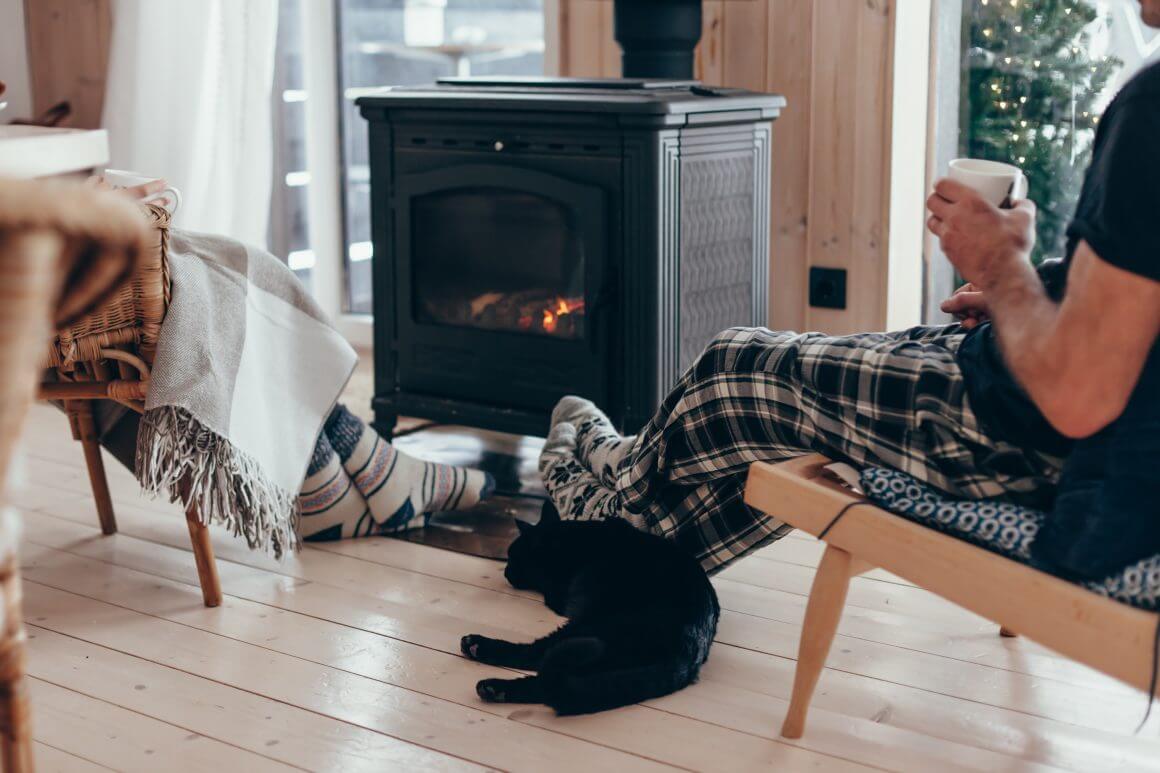
Seasonal Affective Disorder: How Winter Darkness Impacts Mood and Brain Health


Shorter days, cooler temperatures, and less sunlight can trigger mood and cognition changes in some people. Seasonal Affective Disorder (SAD) can impact brain health, but it is treatable.
What is Seasonal Affective Disorder?
SAD is a type of depression that emerges as seasons change. People who experience seasonal affective disorder can feel anxious, irritable, fatigued, sad, and have trouble sleeping, staying engaged, or thinking clearly. Some may even have thoughts of death and suicide, lose their appetites, and experience weight gain or loss.
Symptoms of winter-pattern SAD typically begin when the days get shorter in the fall and winter. Many describe it as winter blues. Symptoms typically subside with the onset of change of seasons.
Who is Most Affected by SAD?
Mental Health America estimates that about five percent of the U.S population suffers from seasonal depression, and four out of five people with SAD are women. However, many people may not even realize their depression is linked to seasonal changes, according to the National Institute of Mental Health. Not surprisingly, winter-pattern SAD is more common in people living farther north, where there are fewer sunny days and fewer hours of daylight in the winter.
Researchers are still studying the mechanisms of seasonal affective disorder. The National Institute of Mental Health notes that “SAD is more common in people who have relatives with other mental illnesses, such as major depression or schizophrenia.”
The condition can also be more common in people with major depressive disorder or bipolar disorder. Those with attention deficit hyperactivity disorder (ADHD), an anxiety disorder, or an eating disorder are also more prone to developing SAD. It can also impact more than one family member.
How Seasonal Changes Affect the Brain
Sunlight helps the body produce vitamin D, which is essential for maintaining serotonin, a neurotransmitter in the brain. Insufficient levels of serotonin can negatively affect mood and cognition because the brain is not firing properly. If these neurotransmitters are not firing, memory, learning, and concentration can all suffer
When the season shifts to fall and winter, and days become shorter, there is less sunlight available and less opportunity to produce vitamin D.
Shorter days also can interfere with the circadian rhythm or sleep-wake cycle, resulting in an overproduction of melatonin, a hormone critical for maintaining the body’s normal daily rhythm. Too much melatonin can cause sleepiness and reduce energy.
Lifestyle Factors That Can Worsen Symptoms
Shorter days and less sunlight not only rob the body of vitamin D, but also tend to spend more time indoors and potentially become less active. The lack of physical activity and social interaction because of being indoors can exacerbate SAD symptoms. Neither the brain nor the body has much energy, leading to increased fatigue and worsening symptoms.
Eating poorly can also intensify symptoms. Winter holidays like Thanksgiving are celebrated with hefty feasts that often include sugar-laden foods, lower-quality carbohydrates, and highly saturated fatty foods, which can create inflammation in the body. Studies have shown that sugary drinks, refined carbs, trans fats, processed foods, artificial sweeteners, and alcohol can increase inflammation and impact memory and learning.
Treating Seasonal Affective Disorder
SAD is mainly treated with light therapy. Other methods that may be used in conjunction with light therapy include talk therapy, vitamin D supplementation, and antidepressant medications.
- Light therapy. To make up for the loss of sunlight, a SAD sufferer can soak up intense light using a light box, which provides up to 20 times more light than ordinary indoor light without the damaging UV rays associated with natural sunlight. To reap the most benefit, the person should sit 30 to 45 minutes each morning in front of the box. Light therapy is not recommended for someone with bipolar disorder, however, because the intense illumination can lead to a manic episode.
- Talk therapy. Because some people associate winter with negative thoughts, psychotherapy may be beneficial to help restructure thinking. Talk therapy works well in conjunction with light therapy.
- Medications. For some people with SAD, antidepressants may be useful. Medications called selective serotonin reuptake inhibitors (SSRIs) are used to treat SAD when symptoms occur.
- Vitamin D supplements. A lack of sunlight will result in a vitamin D deficiency. A vitamin D deficiency causes fatigue, bone pain, muscle weakness, and mood changes like depression. Although sunlight is the best and preferred source for vitamin D, light therapy, food, and nutritional supplements are alternative sources.
Recognizing When to Seek Help for SAD
If symptoms of SAD interfere with quality of life, it’s time to talk to your doctor.
Can the symptoms of seasonal affective disorder be prevented? All of the symptoms may not be entirely preventable, but there are things you can do to reduce the severity of how you feel.
- Begin light therapy before the onset of symptoms.
- Take advantage of daylight hours to exercise outdoors.
- Be socially active even when you feel like you would rather stay indoors.
- Choose brain-beneficial foods that promote good mental health.
- Maintain your sleep routine and cycle.
How Aviv Clinics Can Support Brain and Mood Health
Understanding the root causes of mood and cognitive shifts is key to personalized treatment for seasonal affective disorder.
At Aviv Clinics, our multidisciplinary team includes clinical psychologists and neuropsychologists who assess and treat changes in cognitive functioning. By integrating mental health support with other evidence-based interventions in the Aviv Medical Program, we help clients better understand the factors contributing to their symptoms and offer proactive solutions.
Aviv Medical Program provides you with a unique opportunity to invest in your health while you age




